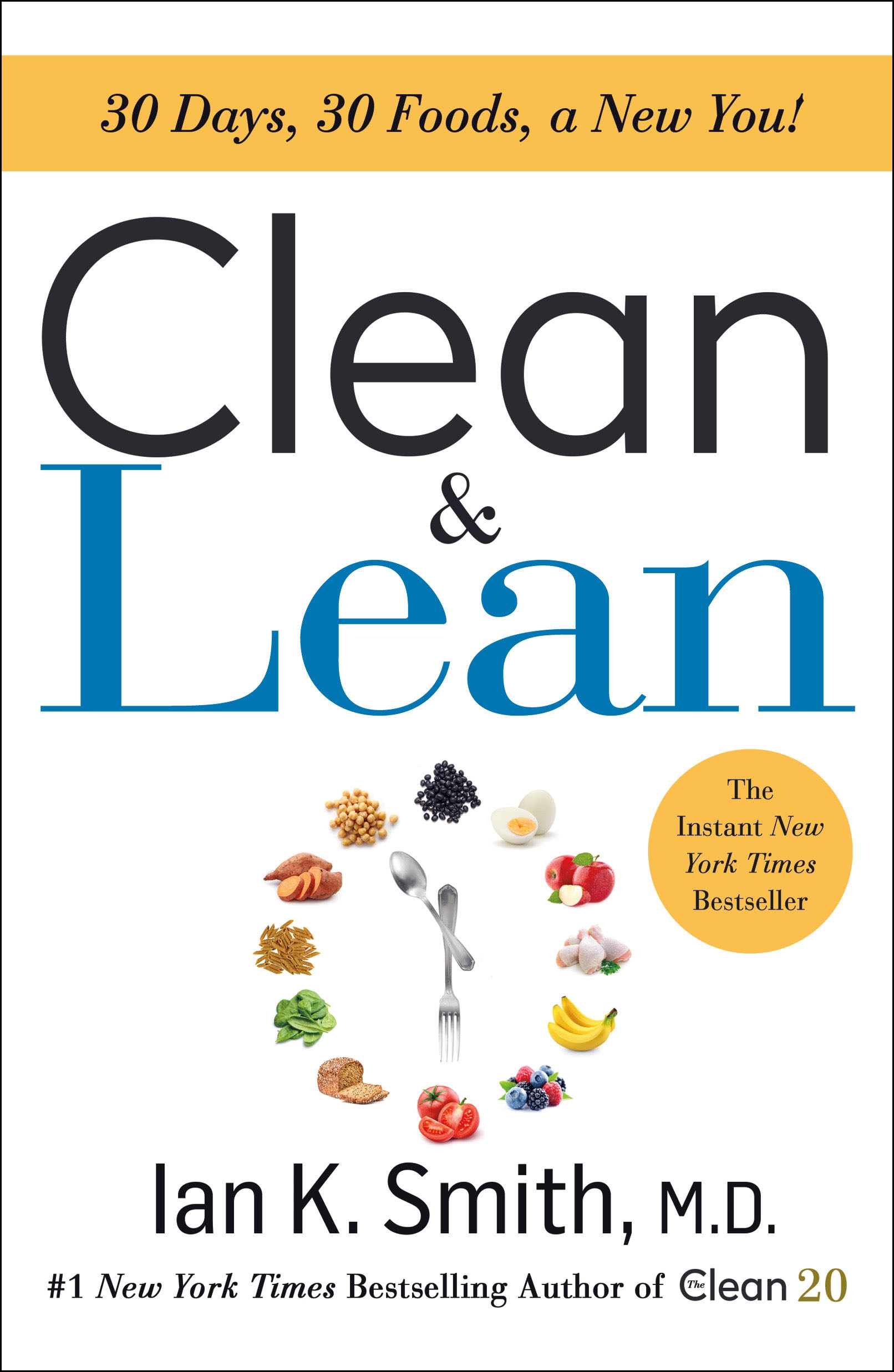Nonlinear Whirl Response Of A High-speed Seal Test Rotor With Marginal And Extended Squeeze-film Dampers
by Nasa Technical Reports Server (ntrs)
2021-01-25 21:36:56
Nonlinear Whirl Response Of A High-speed Seal Test Rotor With Marginal And Extended Squeeze-film Dampers
by Nasa Technical Reports Server (ntrs)
2021-01-25 21:36:56
Synchronous and nonsynchronous whirl response analysis of a double overhung, high-speed seal test rotor with ball bearings supported in 5.84- and 12.7-mm-long, un-centered squeeze-film oil dampers is presented. Test performance with the original damp...
Read more
Synchronous and nonsynchronous whirl response analysis of a double overhung, high-speed seal test rotor with ball bearings supported in 5.84- and 12.7-mm-long, un-centered squeeze-film oil dampers is presented. Test performance with the original damper of length 5.84 mm was marginal, with nonsynchronous whirling at the overhung seal test disk and high amplitude synchronous response above 32,000 rpm near the drive spline section occurring. A system critical speed analysis of the drive system and the high-speed seal test rotor indicated that the first two critical speeds are associated with the seal test rotor. Nonlinear synchronous unbalance and time transient whirl studies were conducted on the seal test rotor with the original and extended damper lengths. With the original damper design, the nonlinear synchronous response showed that unbalance could cause damper lockup at 33,000 rpm. Alford cross-coupling forces were also included at the overhung seal test disk for the whirl analysis. Sub-synchronous whirling at the seal test disk was observed in the nonlinear time transient analysis. With the extended damper length of 12.7 mm, the sub-synchronous motion was eliminated and the rotor unbalance response was acceptable to 45,000 rpm with moderate rotor unbalance. However, with high rotor unbalance, damper lockup could still occur at 33,000 rpm, even with the extended squeeze-film dampers. Therefore, the test rotor must be reasonably balanced in order for the un-centered dampers to be effective.
Less






























